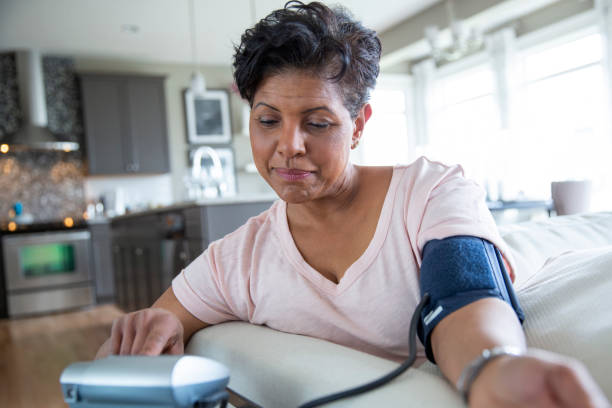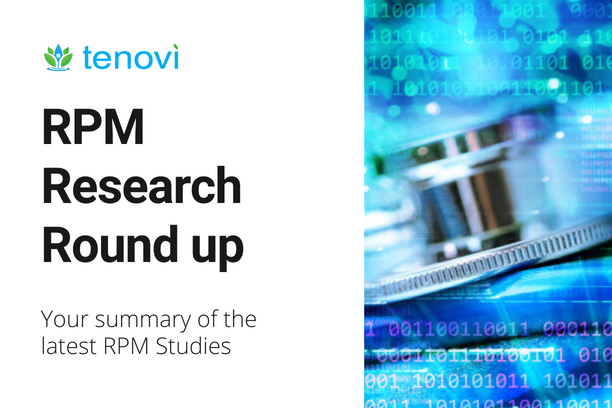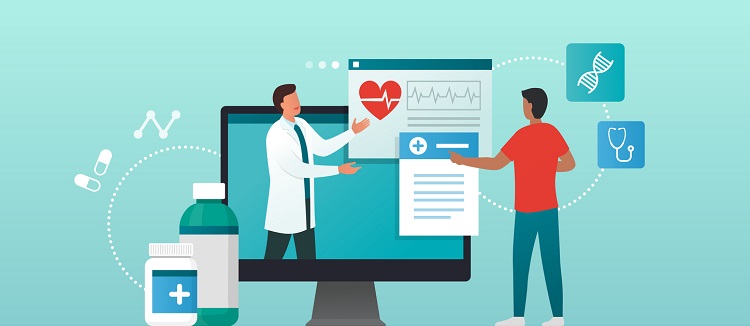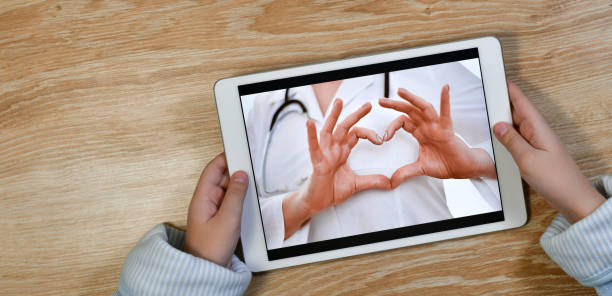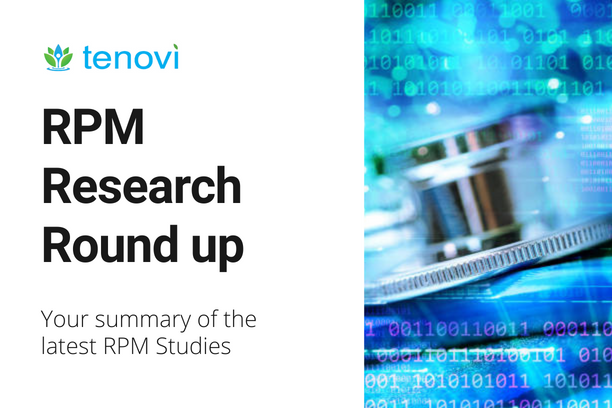Remote Blood Pressure Monitoring: Is it Worth Trying?
With hypertension impacting 1.2 billion adults worldwide, finding better solutions for managing this chronic condition is crucial. While medications are essential for controlling high blood pressure, many patients still struggle to maintain healthy levels between doctor visits. Remote blood pressure monitoring is one innovative approach to help improve hypertension control. As reported in Harvard Business Review, […]
Remote Blood Pressure Monitoring: Is it Worth Trying? Read More »

